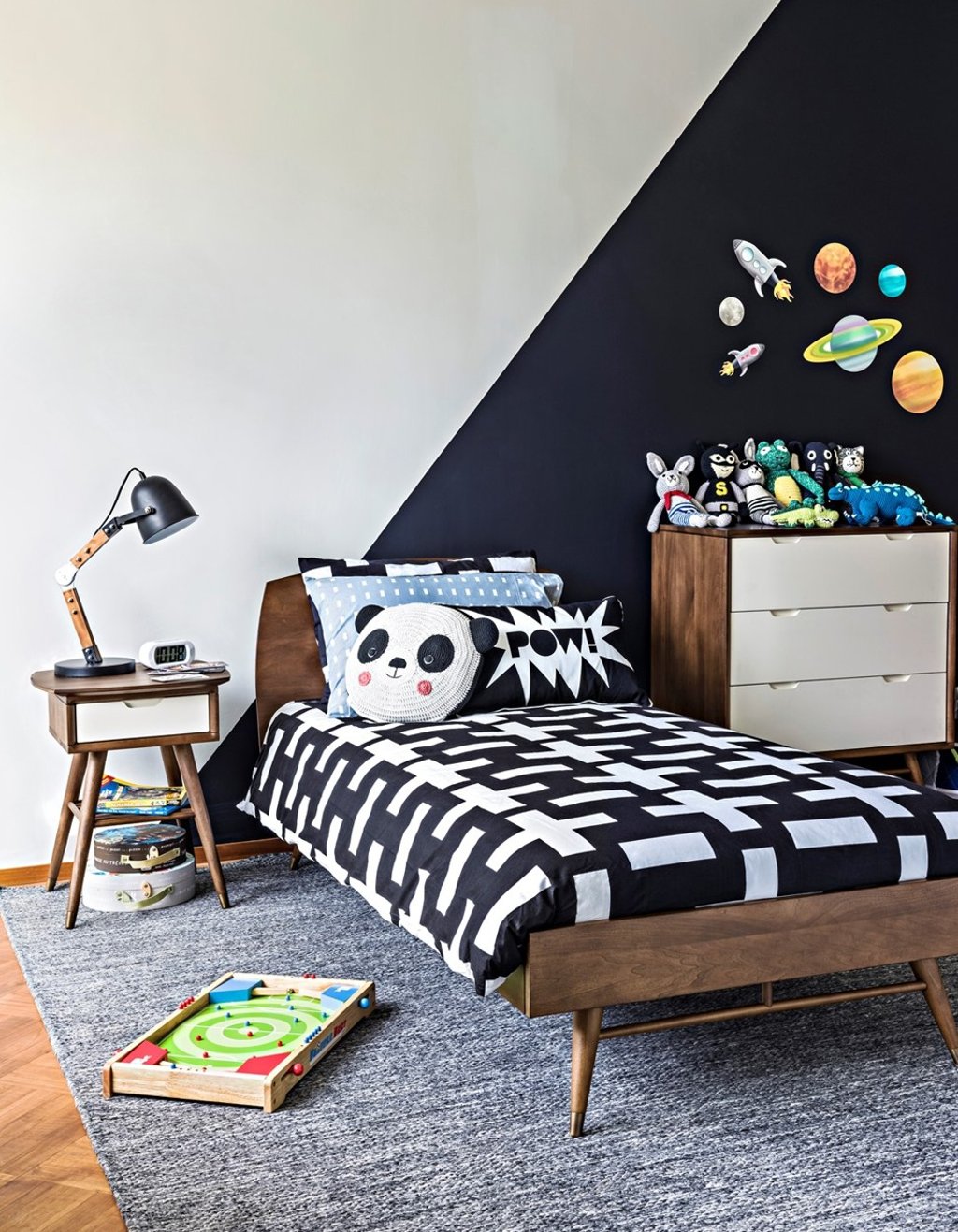Enough is enough: let’s have fun with patterns and colours, and rid ourselves of minimalist decor
A yearning for an edgier vibe seems to be causing many to abandon the minimalist Scandi look in favour of a prettier palette of colours

For quite some time, minimalism has been a noble concept in interiors and can do no wrong. But as with nouveau cuisines, maybe the novelty is wearing off.
There are those who yearn for an edgier vibe, and a cool, retro interior style harking from a more carefree decade is a fine fit for today’s tech-forward smart home.
Amanda Clark, director of The Altfield Group, says this look is bang on trend.
“Internationally, there is strong trend away from the empty, minimalist Scandi look that seems to have dominated among the young over the last few years, towards a more maximalist look,” she says.
This reflects what Clark perceives to be “a strong desire to create a warmer and more cocooned personal space”.
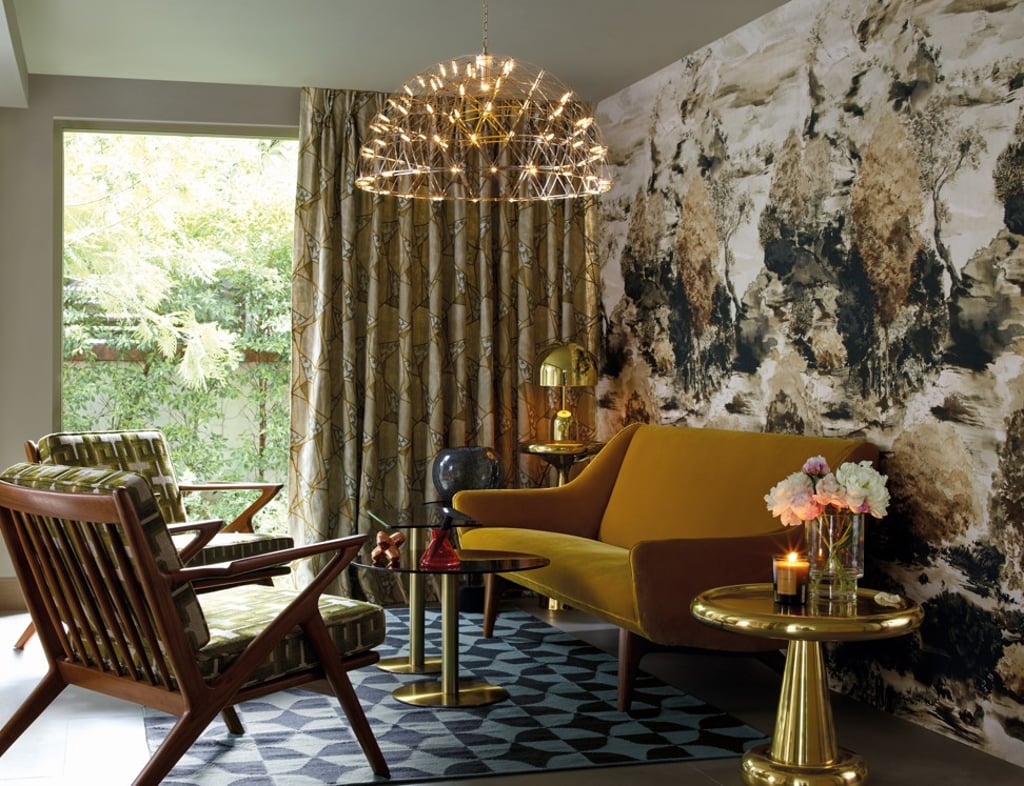
“We’re seeing layering and mixing patterns – such as decorative accessories and fabrics from different cultures – along with a resurgence of printed florals, both modern and traditional chintzes,” she says.
Retro can’t be associated with any particular era, spanning as it does the 50s, 60 and 70s, but Clark says the prettier palette of colours we are seeing in interiors now – defined by mandarin and tangy oranges, tarty pinks, emerald and hunter greens, and ocean and teal blues – reflects the fashions of those decades.
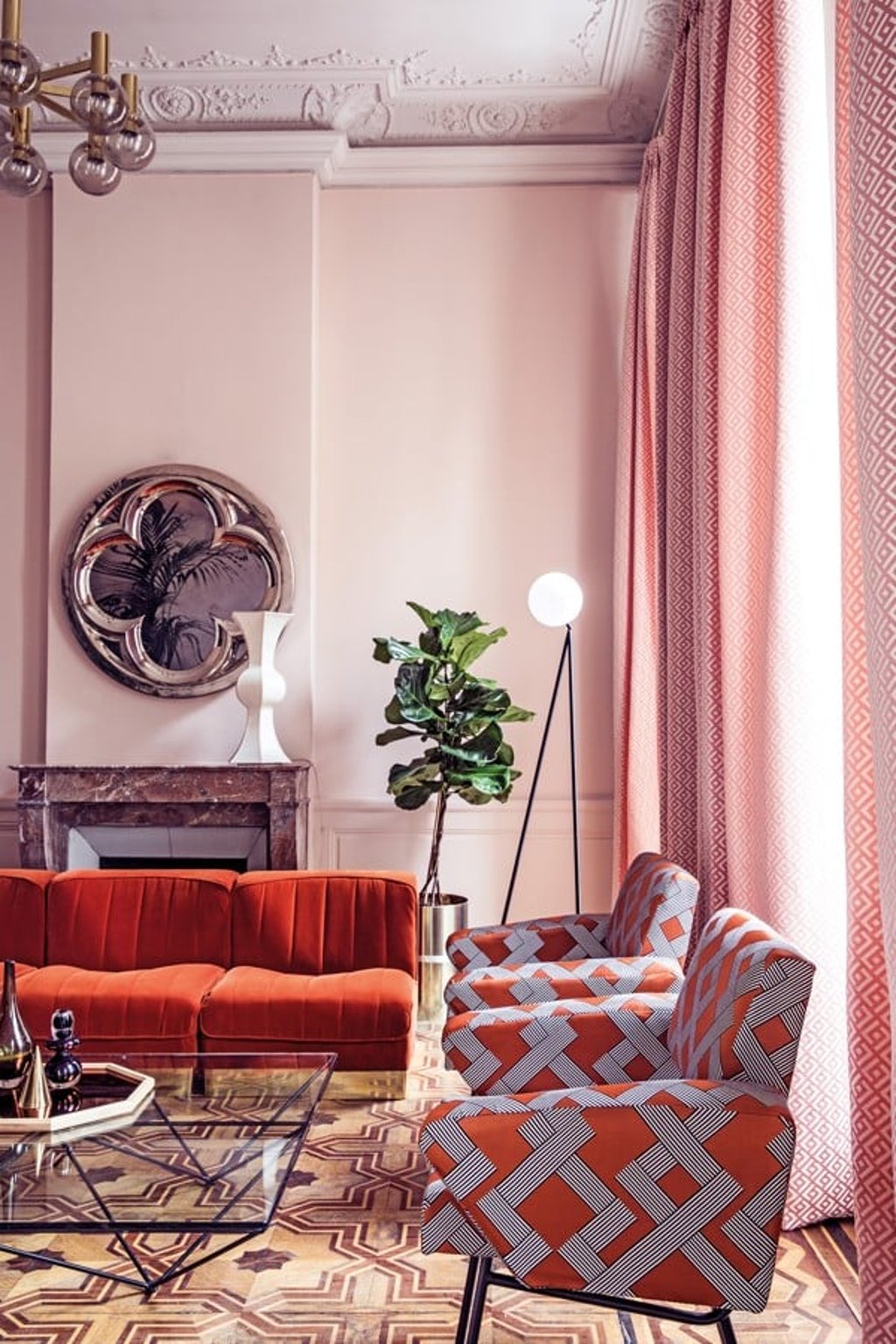
“Bringing the outside in is also strong, whether through house plants reminiscent of the 1970s look, or terrariums and succulents in small spaces,” she says. “I think everyone now wants to have living greenery in their homes, which can only be a good thing.”
Indigo Living’s John McLennan agrees retro is a nascent interiors trend in Hong Kong.
“It’s growing, but still a niche and is most popular among younger customers who tend to be starting out and in smaller flats which is why you see much of this retro furniture on the market being smaller in size,” he says.
Internationally, there is strong trend away from the empty, minimalist Scandi look
There is a “small but passionate” group that is interested in vintage retro pieces but these people tend to be looking for specific pieces and rarely decorate the whole home in retro vintage, adds McLennan, who is Indigo’s founder and executive chairman.
“I do think the trend will continue but we are also seeing a move towards the design of the late 1960s and early 1970s, especially in accessories, and this will gain momentum in the coming seasons.”
It’s a look that does work well in smaller flats as the furniture items are raised off the floor, McLennan says.
“The retro vibe is now full of colour and is much more dramatic than the previous Scandi look. The colours are saturated and heavy – think deep ochre, rich forest green and a dark midnight blue. This has to be used wisely as it could tend to make a small space seem even smaller but it will bring drama and a wow factor to any space.”
Interior design studio JAAK epitomises the look in its redesign of an 850 sq ft flat near Sha Tin. The owners wanted their typical flat to zing with a mid-century vibe, resulting in a style JAAK design director Calvin Cheng refers to as “retro 1950s modernism”. “Modernism always works in contemporary space – it’s classic and timeless,” he says.
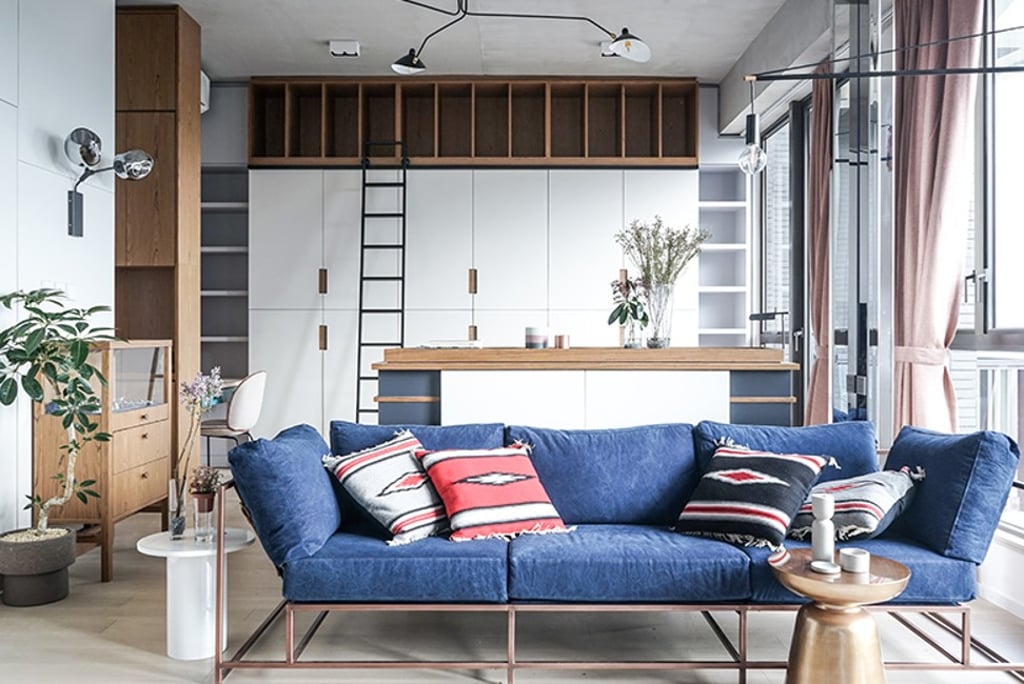
Signature pieces from that era include a sofa designed by Stephen Kenn, utilising mid-century modern principles “with a twist of [the client’s] denim obsession”, matched by an iconic mid-century chest by Charlotte Perriand, a French modernist architect and furniture builder.
The built-in storage which JAAK designed to give the flat a more spacious and comfortable feel – pairing open and enclosed shelving; teak wood with white paint – was also inspired by Charlotte Perriand.
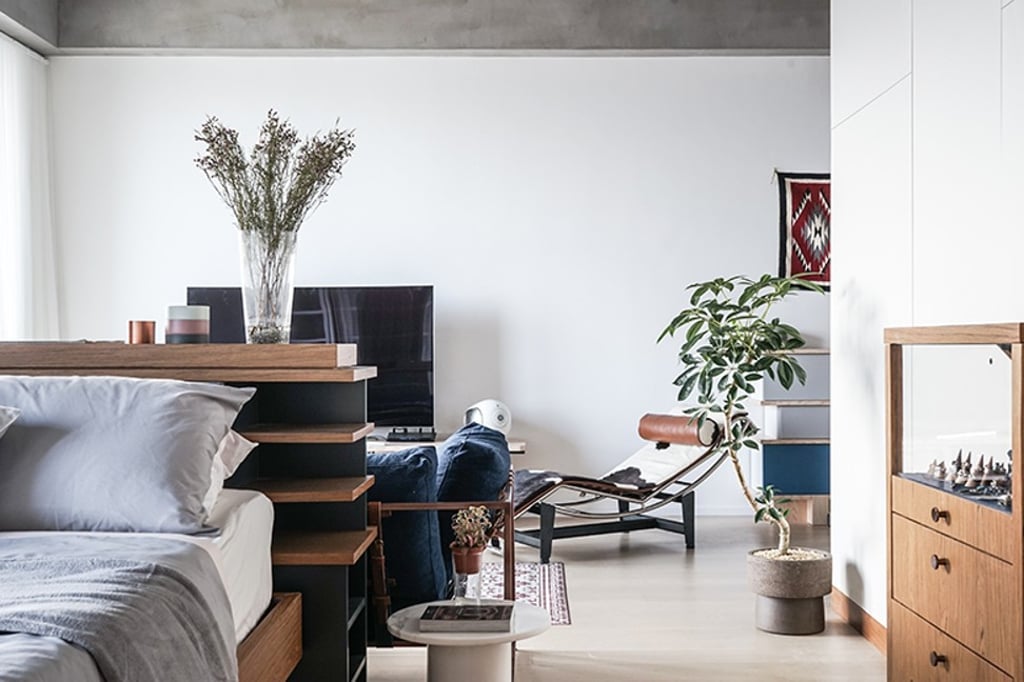
“I believe everything new comes from something old,” Cheng says. “What we are doing [at JAAK] is mixing all good things from the past and interpreting it in a new way, and incorporating with our own culture. Hybrid is the trend of everything.”
